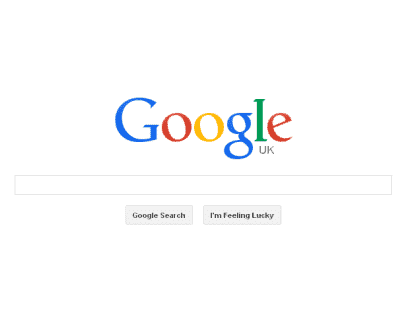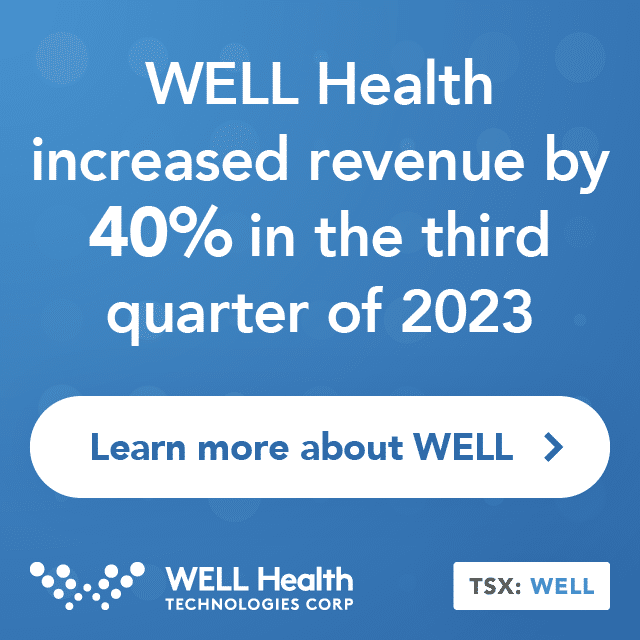
Advertising used to be simple business. My newspaper has a million readers. My TV program has a million viewers. Now let’s negotiate what it’s worth to you Mr. Brand to put your ad in front of my audience.
The web made this dynamic a bit more complicated, but early on the process was quite similar. My website gets a million hits per month and now let’s figure out what a banner ad is worth to you. The story got more complicated rather quickly as a bunch of genius coders realized that advertising is actually the perfect domain for technology because tech is capable of bringing way more measurement and accountability than ad buyers had ever seen before.
It’s not a coincidence that all of those high flying tech stocks you follow are really advertising companies – think Google, Facebook, Twitter, Yahoo, Baidu. Online advertising is a $100 billion global market, or about 10x larger than it was in the early 2000s. This segment has risen from nowhere to become second only to television advertising but growing much more quickly.
What we find compelling about advertising technology is that it continues to transform in very rapid fashion. The complexity factor took another major leap about five years ago with the rise of something called programmatic buying and real time bidding (RTB). The concept here is that every single website impression creates a live auction. From the time I click my mouse to the time that the web page opens up (a few milliseconds), computers have figured out generally who I am, what I like to browse, what purchases I’ve made online, my gender, etc. This data has been delivered to advertisers and those advertisers have bid for the right to place their ad. The winner of the auction has been selected and the ad is now sitting on my web page. And once again, all of this took place over the span of 10 milliseconds a few billion times in the past hour. The technology used to make all of this happen is very cool stuff – reminiscent of the high frequency trading platforms popularized in Michael Lewis’ new book.
We would argue that one of the less acknowledged talents that Google possesses is simplicity. Google spends $15 billion per year on R&D and capex, yet the company’s message is quite simple. Bid on the right to place an ad when somebody conducts a certain search.
The overall industry is growing rapidly, well into the double digits and there are especially lucrative pockets of growth in that mix, which are growing more than 2x year over year. These include mobile, video, and social. We at Difference Capital are particularly keen on the ad-tech vertical given the tremendous growth potential. A few of our portfolio companies that touch this theme are: Appinions, EQ, iPowow and Vision Critical.
Despite the rapid growth and massive size of Internet advertising, we contend that the market is actually being stifled by what should be an enormous asset. Technology is capable of giving advertising much more accountability than the industry has ever seen before. And this is probably the biggest reason why companies like Google have become global titans in relatively short timeframes. We would argue that one of the less acknowledged talents that Google possesses is simplicity. Google spends $15 billion per year on R&D and capex, yet the company’s message is quite simple. Bid on the right to place an ad when somebody conducts a certain search. I.e. I’m willing to pay 50 cents every time somebody clicks onto my ad and goes to my website.
The newest wave of techies could learn something from Google in our opinion. These new programmatic and RTB companies have over-complicated the ad business. Global advertisers spend $200 billion on TV commercials and don’t seem to care a whole lot about measuring ROI. The key driver for TV ad spend in the US is ratings and the proxy for ratings is a metric called gross rating point (GRP). GRP is defined as what portion of the audience saw an ad multiplied by how many times they saw it. So for example, if a commercial played 3 times during a show and 20% of the audience was watching that show, the total GRP would be 3 x 20 = 60. The TV networks tend to charge advertisers about $50K per GRP. Pretty simple stuff, right? So where do things go wrong? Firstly, the TV ratings are sampled from what people from about 20,000 homes in the US are watching. Of the 110 million or so homes in the US, this translates into a sample size of about 0.02%. And what about those viewers who prefer to watch their content online or via streaming service like Netflix? And is there a mechanism to track how many people who watched that Nike commercial went out to purchase that pair of shoes? No way.
Techies love numbers and love measuring things. Advertisers are constantly telling us they get so much data, they don’t know what to do with it all. While it may be interesting that our banner ad got 3x more clicks on Tuesday morning in the state of Utah, is it relevant and what can I do with this data?
Despite these limitations, advertisers appear perfectly content spending lots and lots of money on TV commercials. Why is online advertising held to a much higher standard? The easy answer is inertia. TV advertising first began in the 1940s and really entered the mainstream in the 1960s. It has been the easy and safe place to park your money over the past 50 years. The more nuanced answer is that ad-tech is too complicated. Techies love numbers and love measuring things. Advertisers are constantly telling us they get so much data, they don’t know what to do with it all. While it may be interesting that our banner ad got 3x more clicks on Tuesday morning in the state of Utah, is it relevant and what can I do with this data?
Online advertising allows ad-tech companies to introduce dozens of fancy acronyms in order to impress the marketing buyers. Unique visitors, impressions, SEO, SEM, CTR, CPM, DSP, RTB, etc. The problem is that the advertiser, newly empowered with these new acronyms, now wants to translate CTR and CPM into the most important metric of all, ROI. Unfortunately, this is very tricky. Just because I didn’t click on the ad, doesn’t mean it didn’t capture my attention and get me thinking about that tasty chocolate dip donut at Tim Hortons. After seeing 5 different ads about the new Godzilla movie coming out on my phone, tablet, computer and TV, I went to Google to check out the trailer. Who takes credit for converting me to watch that ad? Ad-tech companies have become their own worst enemies by constantly raising the measurement bar in order to differentiate themselves.
This article is excerpted from a white paper called “When Mad Men Meets Flash Boys”, you can access the entire report, courtesy of Difference Capital here.
______________________________________________________________________________________________________________
Leave a Reply
You must be logged in to post a comment.




 Share
Share Tweet
Tweet Share
Share




Comment